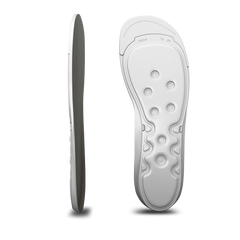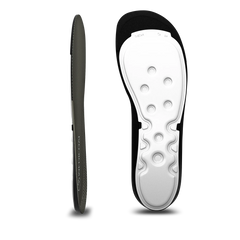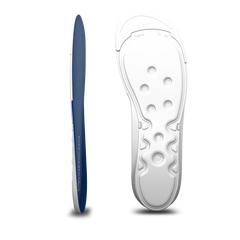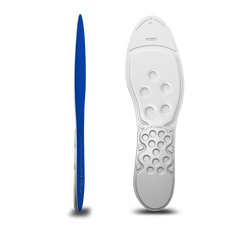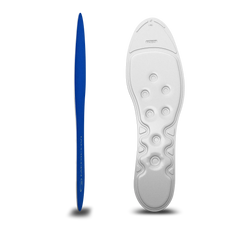Alleviating low back pain: Effective methods and procedures

Are you suffering from low back pain? If you are then this blog is for you. Low back pain is a widespread problem that affects a huge part of the population. It can be caused by a variety factors, such as a sedentary lifestyle, inadequate physical effort, injuries, or even stress. The most common causes of low back pain are prolonged sitting or standing, lack of physical activity, sudden movements, lifting heavy items, gradual wear of the intervertebral discs, stress, and tension.
How can we alleviate low back pain on our own? By engaging in physical activity and exercise, as follows:

Yoga and Pilates
These activities are known for their ability to improve flexibility and strengthen the back muscles.
Yoga offers plenty of positions and poses, which may help in relaxing and strengthening the lower back muscles:
Gentle bending backwards: Such as the "Cobra" pose (Bhujangasana), gently stretching and strengthening the lower back.
Bending forward: For example the "child pose" (Balasana), which helps relax the tension in the lower back and sacrum.
Twists: Gently twisting the body may help relax the low back tension and improve flexibility. It is important to do yoga exercises while supervised by an experienced instructor who can adjust the exercises to your needs and current health status.
Pilates focuses on strengthening the core muscles, which is especially important for people with low back pain:
Strengthening the core: Exercises for strengthening the body core, such as "One hundred" or "Pelvic tilt," help stabilize the spine and reduce the tension on the lower back.
Alignment and posture: Pilates emphasizes the right posture and alignment, which may help alleviate and prevent back pains.
Controlled movements: Free and controlled movements in Pilates reduce the risk of injuries and allow the body to gradually improve strength and flexibility.
Swimming
This is one of the best sports for those suffering from low back pain, because water reduces pressure on the spine. The most appropriate style for people suffering from low back pains is the breaststroke because it requires fewer torso rotations and no sudden movements of the spine. When swimming backstroke, the body is maintained in a stable, horizontal position, which helps reduce the pressure on the lower back area.
Specialized physiotherapy
This offers targeted exercises and techniques to relax tense muscles and strengthen the spine. Physiotherapists often focus on strengthening core muscles, which support the spine. Strong abdominal, back, and pelvic muscles help stabilize the spine and reduce strain on the lower back. Stretching and exercises that improve flexibility are important for maintaining a healthy spine. Increased mobility may help reduce tension and stiffness around the lower back.
Massages

A therapeutic massage may help relax tense muscles and alleviate pain. This type of massage concentrates on relaxing tense muscles in the lower back, which helps alleviate pain and improve mobility. The massage should be performed by a qualified therapist that knows how to properly work with muscles and structures in the lower back area in order to avoid further damage. However, before starting any massage therapy it is important to consult a doctor, especially if you’re suffering from specific health problems or if your lower back pain is tied to other health problems.
Heat or Cold therapy
Using hot or cold compresses may be effective in alleviating pain and reducing inflammation. You may use hot compresses, heating pads, hot bags of cherry seeds, or a warm water bottle. Apply to the aching spot for around 15-20 minutes. Make sure that the temperature is not too high, so that you don’t burn your skin.
Use can also use an ice-cold compress or frozen gel pack. The compress should be wrapped in a towel or another soft material in order to avoid direct contact between ice and skin. Apply to the affected area for around 15-20 minutes. It is important to keep in mind that the heat/cold therapy is only one element of a comprehensive treatment for low back pain.
For long-term relief and treatment, it is important to also include other methods. In cases of persistent or severe pain, it is important to consult a doctor in order to rule out more serious health problems.
Ergonomic helpers
Sitting pillows and spine supports may help you maintain proper posture and alleviate the pain. Proper use of these helpers may alleviate low back pain, improve posture, and support a healthy spine position.
Medical help
In cases of severe or persistent pain it is important to seek medical help. In certain cases drugs or other medical interventions may be necessary.
Medicovi orthopedic insoles
Active movement of foot tendons and muscles using water wave therapy along with Medicovi Sport 100 insoles is an effective method of alleviating or completely removing pain around the heels, as well as feet, ankles, knees, hips, and back.
Low back pain may have a significant impact on the quality of your life, but there are many ways to control it effectively. From physical activity and ergonomic changes to professional physiotherapy and medical help – what matters is to find a method that works best for your needs. Don’t forget that preventive care and taking good care of your body are the keys to maintaining a healthy spine long-term.
Exercises for low back pain
Lay down on your back with your knees bent and your feet resting on the floor (A). Tighten your abdominal muscles so that the lower back lifts off the floor (B). Stay like this for five seconds, and then relax. Straighten your back, at the same time moving your stomach towards the floor (C). Stay like this for five seconds, and then relax. Repeat. Start with five repetitions a day and gradually increase to 30.

